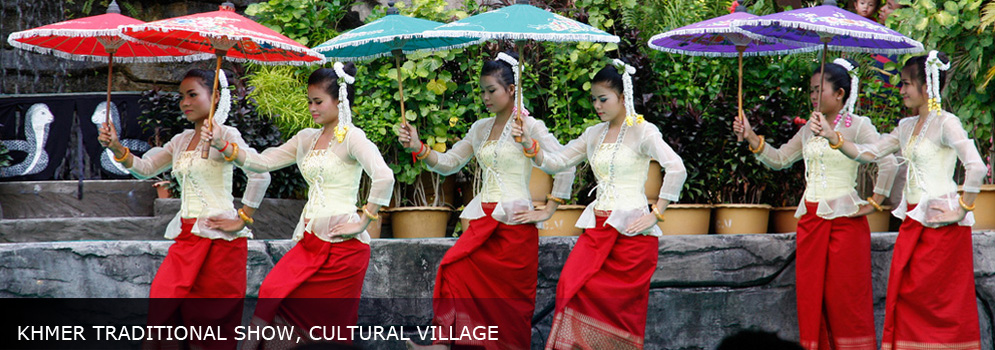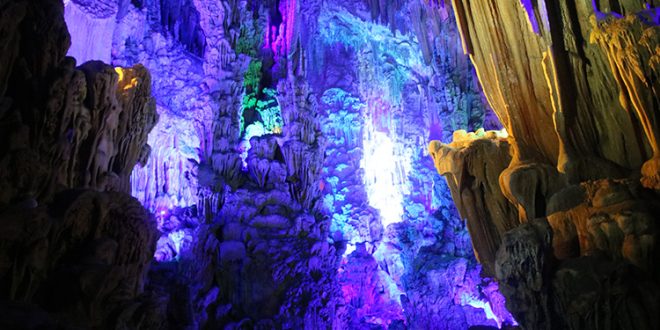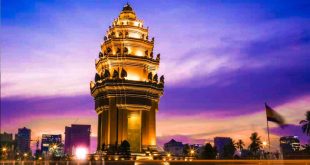
The attraction I am talking about is the Reed Flute Cave, or ‘Ludi Yan’ in Mandarin. The scenic spot is located in a northwest suburb of Guilin, a city in Guangxi Autonomous Region.
The cave has long been renowned as a ‘Palace of Natural Art’. The nickname suits the place, which is a collection of naturally crafted artistic miracles in the form of exquisite stalagmites, stalactites, stone pillars and stone curtains, which began forming 180 million years ago.
To prepare for a trip to this majestic cave, make sure you are warmly dressed because the temperature inside is quite low inside.

As you arrive at the foot of the hill below the cave, take a chance to snap a picture with the gallant statue of Zhao Guanwen. This man was a Tang Dynasty (618 AD–907 AD) scholar who was born in the vicinity. He is remembered for placing first in the Imperial Examinations, which earned him a job as a civil servant with the state bureaucracy at the Emperor’s court.
After the statue of Zhao, you can proceed by walking up the hill for 10 minutes to reach the ticket station. At the end of the line of people, which is usually long, awaits the entrance to a new world you will never see anywhere else.
According to the locals, the origins of the cave’s name come from the type of grass reeds that grow outside the cave. They reeds are used by locals to make flutes and pipes that produce a melodious sound.
An interesting bit of natural history explains the origins of the cave. Reed Flute Cave is a product of its host mountain’s growth combined with a gradual decline in the water level beneath the surface of the Earth.

A subterranean lake was transformed gradually into a cave. Calcium carbonate in the rocks have gone through a long and very slow course of dissolution and crystallization. Following many millions of years, the erosion of minerals in the cave was deposited and accumulated into a variety of unusual shapes.
The cave was discovered by humanity and became a hallowed magical place. More than 70 ancient ink inscriptions were discovered at the cave, giving testimony to its occupation before the Tang Dynasty (618–907).
During World War II and during Japan’s invasion of China, the local people hid inside the cave, which offered a natural and solid refuge against Japanese attacks. However, it was not until 1962 that Reed Flute Cave was officially opened to the public.
Taking your first step into the cave, you will discover what appears to be a large park riddled with zigzagging paths, man-made pavilions, ponds, bridges, plants, and other garden structures.
You can feast your eyes in amazement upon the multi-colour speleothems including stalagmites, stalactites and columns. The cave formations are artificially illuminated by a lighting system installed by the local tourist authorities to enhance the startling beauty of the cave.
Your experience will be greatly improved if you join a tour package led by a personal tour guide to tell stories about this phenomenal and unique geological site. The air is full of soft classical Chinese classical music playing on speakers in the background. The music lends a romantic and exotic ambience to the magical cave.
While strolling in the cave, visitors have an opportunity to take souvenir pictures with stalactites, stalagmites, columns, pillars and stone curtains in a wide variety of different shapes, sizes and colours. Some of these natural geological artefacts have been given names based on their real-world lookalikes, such as Snowman, Pines in the Snow, Mushroom Hill, Dragon Pagoda, Sky-Scraping Twin, Virgin Forests, Red Curtain and so on.
One giant stalactite, according to legend, represents the magic spear of the Dragon King, a weapon wielded by the Monkey King, Sun Wu Kong, the hero of the Chinese Buddhist classic, Journey to the West.
Another legend narrates the tale of a visiting scholar who tried to write a poem portraying the beauty of the cave. However, it took him so long to find the right words that he finally turned to stone! Tall tales like this add spice to your adventure.

In two spots known as the Crystal Palace and Flower and Fruit Mountain, visitors can opt to have their portraits taken for free by several photographers. Afterwards, they can pick up keychains printed with portraits at the exit of the cave. Visitors can also have their photos enlarged and framed for the modest price of 35 Chinese yuan ($5.00)
While you are there, you must never miss the ‘in-the-cave shows’ arranged by those in charge of the site. These displays include a 3D animation featuring dinosaurs, underwater creatures and mythical beasts that show the history of the cave.
Another special programme is a performance by a pair of ballet dancers on the pond, which offers a sentimental moment, especially for visiting couples.
An hour or two should be enough for a visitor to explore the Reed Flute Cave, yet the impression is almost guaranteed to last forever. Taking a step out of the cave can be a very hard thing to do after immersing yourself in the extraordinary visions of beauty born from natural creation and artificial lighting.
It is no wonder that the Reed Flute Cave also goes by the name, the “Leaders’ Cave,” as many of the world’s leaders who visit the People’s Republic of China often are invited to have a look at Reed Flute Cave. Many of these famous men and women have left their mark at the cave entrance, including their photos and autographs.






